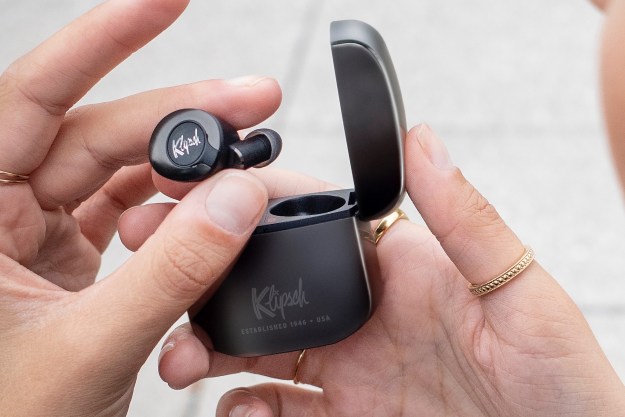What if you could have one personal audio device that did it all? What if there were a pair of wearable devices, worn over your ears, that amplified surrounding sound, controlled ambient sound including noise cancellation, and worked equally well for smartphone communications and listening to music and video audio tracks? What if you could share what you were hearing with other people? How about automatic language translation? And to top it all off, what if you could take them off, set them down, and get room-filling sound better than smartphone speakers?
That audio task list may sound like wishful thinking, but it’s exactly what the previously secretive Human, Inc. is planning. Oh, and what are they calling their product? The potentially groundbreaking, ear-covering device is called Sound, according to a company press release.
Now that Human has more than $5 million in seed funding, the Seattle-based company has announced the Sound program’s core features. Human also stated its intention to disclose additional features monthly during the rest of 2016.
According to Human CEO and co-founder Ben Willis, “the Sound program will fundamentally transform the way the world experiences both audio and interpersonal communication.”
There is no subtlety in the design. The Sound earpieces will completely cover the ears, sort of like a digital ear muff, and that’s consistent with the design behind their multifunctional inspiration — the human ear. The company refers to it as “total-encapsulation.” There will be no cables, wires, or bands involved.
The core features, according to Willis, are: fully wireless function with instant connection and consistent sync between ears; the ability to adjust the volume of noise from your surroundings; the capability of having multiple listeners share the same audio source; and volume and audio quality better than most smartphones when the devices are used as portable speakers.
The company also said: “Future product announcements will center around face-to-face human interaction. One feature, to be disclosed this summer, will aim to break language barriers.” Could that be simultaneous translation?
No launch date or pricing has been announced. If you want to stay in touch with Human’s progress on Sound, register for updates on its website or follow the company on Instagram and Facebook.
Editors' Recommendations
- Next-gen AirPods could let others override your ANC
- Grell Audio promises audiophile-grade wireless earbuds for $200
- Technics’ new earbuds focus on call quality and wireless hi-res audio
- Marshall’s latest earbuds take direct aim at Apple AirPods, AirPods Pro
- It’s official: You don’t need to spend more than $100 on true wireless earbuds




